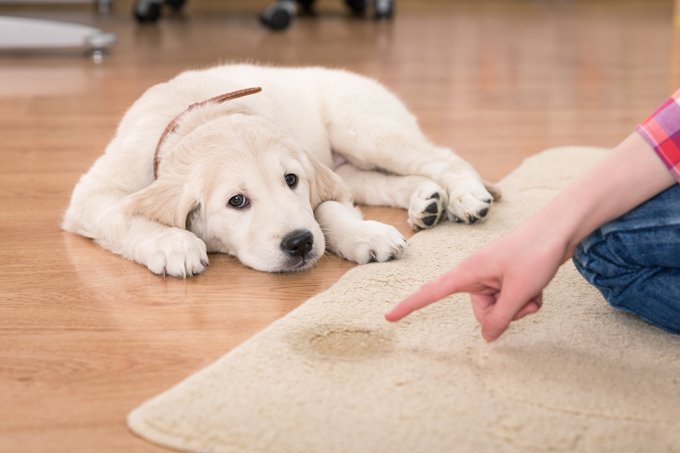To set your new dog or puppy up for a lifetime of good toilet habits, it’s important to start housetraining right away–the very day she comes home. This means you’ll need to get all the housetraining equipment ahead of time, before you bring your new pup home. Then you’ll need to get her comfortable with the setup…

Dogs are complicated beings, just like their humans. And just like us, they want to communicate. We all love a…


